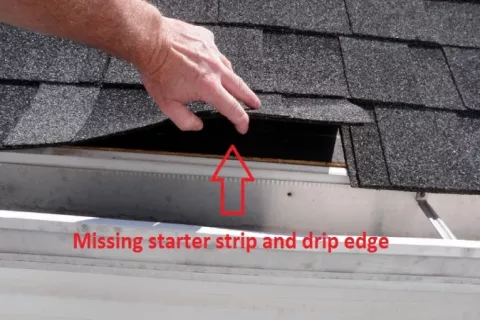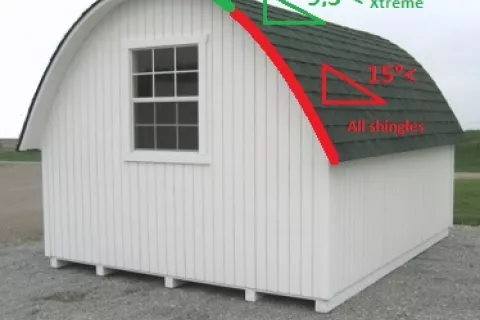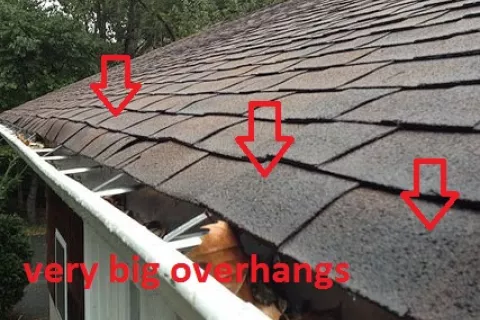Search
Search
1361 results were found.
A little summary. It is our professional view, that the following points prove that if you want a secure roof above your head, IKO has the highest quality you can find on the market:
- IKO Cambridge shingle is bigger > 1038 x 349 mm vs. the tested products
- Widest shim & nailing zone > 45 mm & 35 mm vs. the tested products
- Most developed gluing system > 5 strips vs. the tested products
- We believe, that a straight cut of dragon teeth gives a better alignment vs. the tested products
Keep these tests in mind when deciding which shingles you should buy.
Feel free to contact us, if you want to verify which products were included in the test.
Interested in the product mentioned in this blogpost?
Successful roof projects require that the roofer follows the correct application methods. If he doesn’t do the job properly, the final effect will look poor. Even the best and most expensive roofing material cannot help when application instructions aren’t followed. Most importantly, every minor mistake can cause leakage. Every roof repair contributes to decreased lifespan of your roof (and it can be quite expensive as well!). We'll be explaining the most prevalent roofer mistakes.
In the next 4 blogs we’ll be summing up some of the most common mistakes so that poor workmanship can be avoided. Let's start with the following 5 topics:
1. Absence of or incorrectly installed starter strip
2. Improper slope
3. Incorrect shingle overhangs at the eaves
4. Neglecting installation of drip edge flashing at the edge
5. No or improper installed underlayment
1. Leaving out the starter strip or applying the starter incorrectly
The incorrectly installation of the starter strip (or worse, the absence of the starter shingle) brings many problems. You risk water infiltration at the eaves and shingles from the first row can be blown off. It can also cause aesthetical failures
Solution:
If you are missing the starter strip, try to slide a new piece under the shingles of the first course. This new starter strip should be secured with nails and glued with bituminous mastic. Shingles and starter strips at the eaves must always be glued and protected against wind blow off.


2. Improper slope
Always use the right shingles to match the slope of the roof. Minimum slope for the majority of shingles is 15°. Cambridge Xtreme is the only shingle that can be installed from 9,5°. For vertical walls with 90° slope self-adhesive shingles must always be used.


3. Incorrect shingle overhangs at the eaves
The edge of shingles must overhang the eaves between 6 mm and 10 mm. More shingles overhang can cause the shingles to be blown off in high winds and fewer overhangs can allow water to seep into wooden structure.
Solution:
Try to build up and slide in a new drip edge flashing to protect the wooden deck against driven water. Always secure the added metal flashing and shingles with Shingle Stick.

4. Neglecting to install drip edge flashing at the eaves
The missing of drip edge flashings can cause several problems at the bottom of a roof, because these flashings serve a number of purposes:
- Drip edge flashings keep insects out of the attic.
- They prevent wind-driven rain from entering under the edge of the roof.
- They provide a “drip point” for water to drip off from the roof which helps prevent soffit or fascia rot.
- They keep shingles from “sagging” as they extend past the edge of the roof.
Solution:
If necessary, pop up roofing nails from the shingles and slide in a metal flashing. Glue the flashing and shingles with bituminous mastic.


